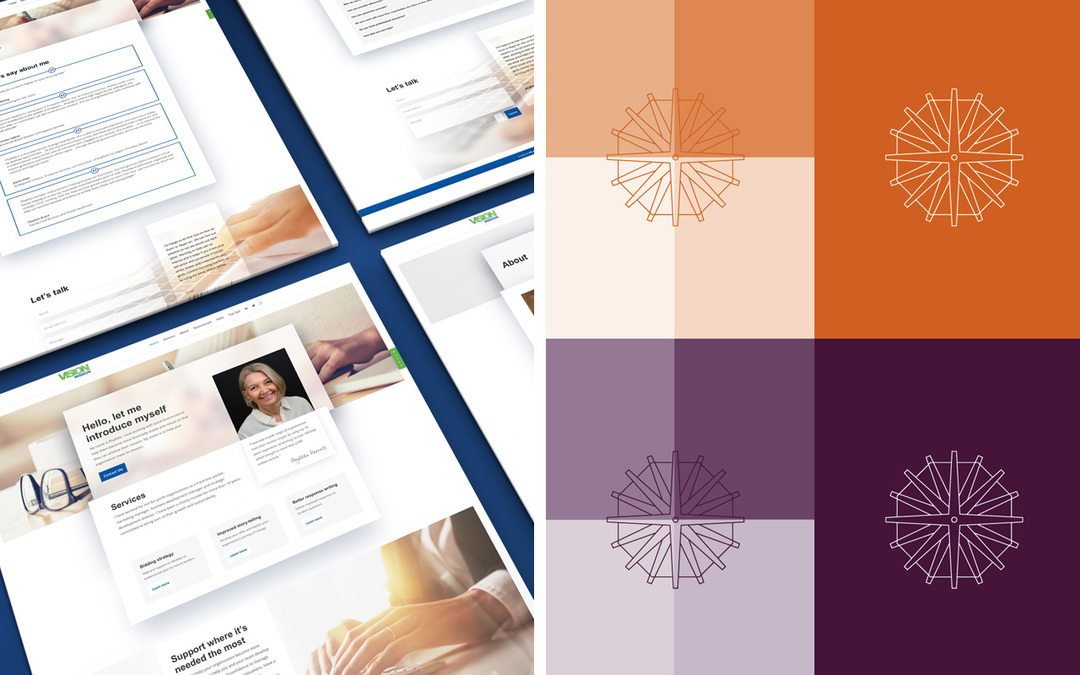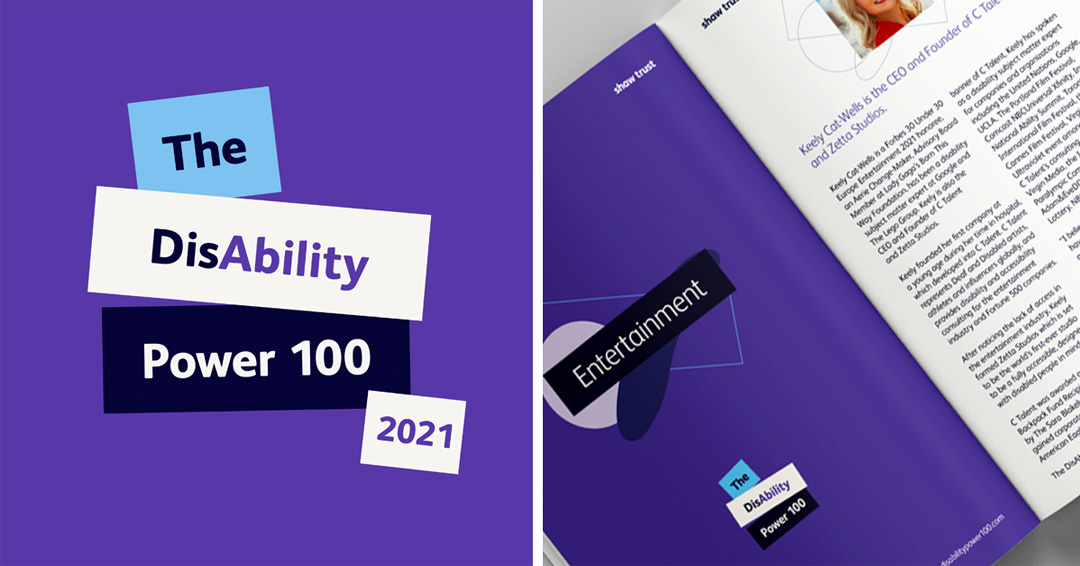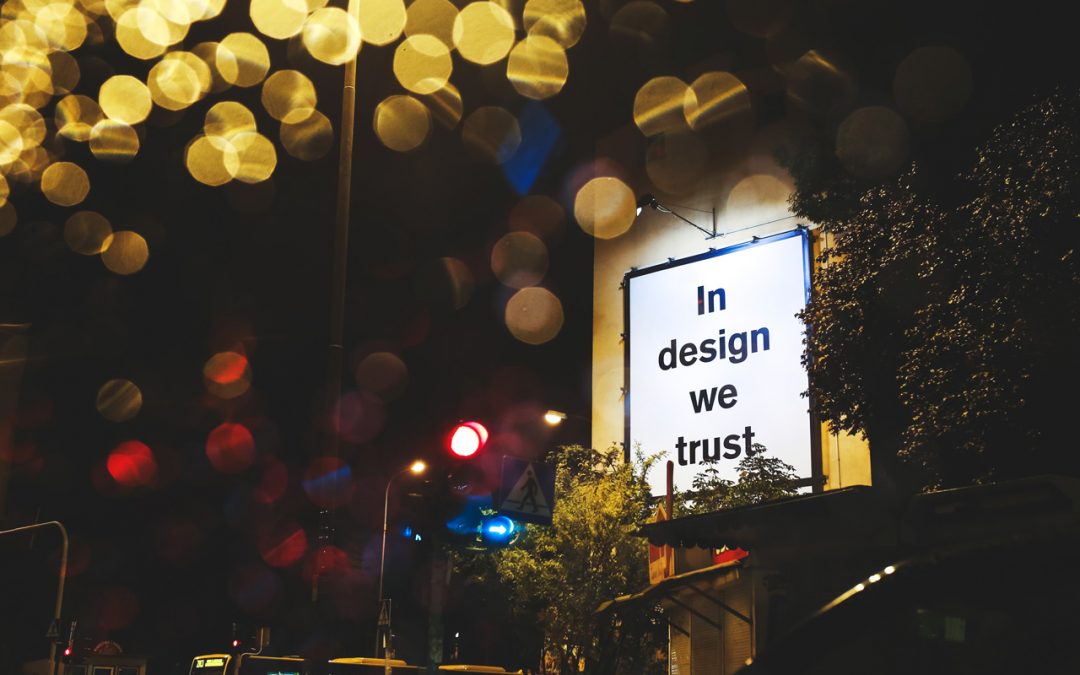
New Year, new clients
New Year, new clients
Not sure how it is already more than one month into 2022 but here we are. Towards the end of last year, I wrote a piece explaining our team had grown in 2021. So, I thought I would take this opportunity to write about the new clients we have been fortunate to work with in 2021.
Our new clients joined our collection of organisations that we produce a range of marketing, communications and design assignments for. We are very fortunate to be able to work on such interesting, diverse and exciting projects. One week we will be producing a new website, the next an animation and the following a range of social media posts. It keeps our creative juices flowing.
We had a number of return clients in 2021, including Shaw Trust and Ambiental Risk. Shaw Trust asked us to help with their annual Power 100 publication and their safeguarding report. Ambiental asked us to produce a new promotional animation for them.
Support goes both ways so as well as the services we always provide for our clients, we try to go above and beyond to add extra value and when we can provide favours. We believe in what our clients are trying to achieve and usually have to rein ourselves in knowing there are only so many hours in a day – so we love it when we get a chance to go overboard for a client and do that bit extra. These are just some of the ways we demonstrate the importance of supporting one another.
We also started working with the Career Innovation Company, helping them with their social media. It has been great to work on engaging potential clients through their channels and driving more visitors to their website. They have some really interesting blogs which have certainly got us thinking.
The Gandhi Foundation tasked us with updating their website – then added in a rebrand and some social media support too. Again, another interesting project which required some research into the life of a fascinating, wise man. You can see some of the work connected to this project on our Behance account.
We’ve also been back working with Vision Mission on a new website, another interesting project which concluded the branding and messaging work we did for them in 2020.
2021 was another busy year for We Are Comma and 2022 looks to be the same. No doubt we will be working even more new clients too.


